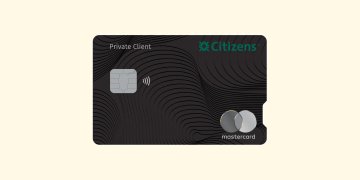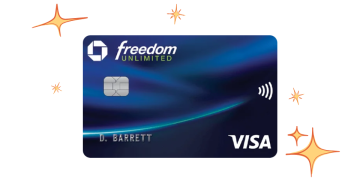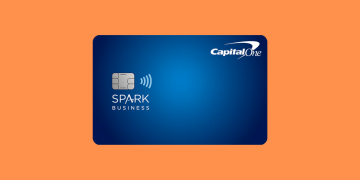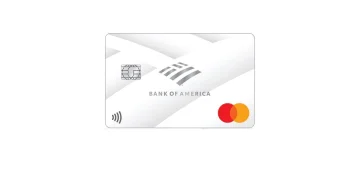Experience premium convenience with the Citizens Private Client World Elite Mastercard, featuring concierge services, travel perks like insurance and rental car coverage, and the Luxury Hotel Program with exclusive upgrades. Plus, earn flexible reward points on every purchase to redeem for travel, gift cards, or credits, optimized for your preferences.









